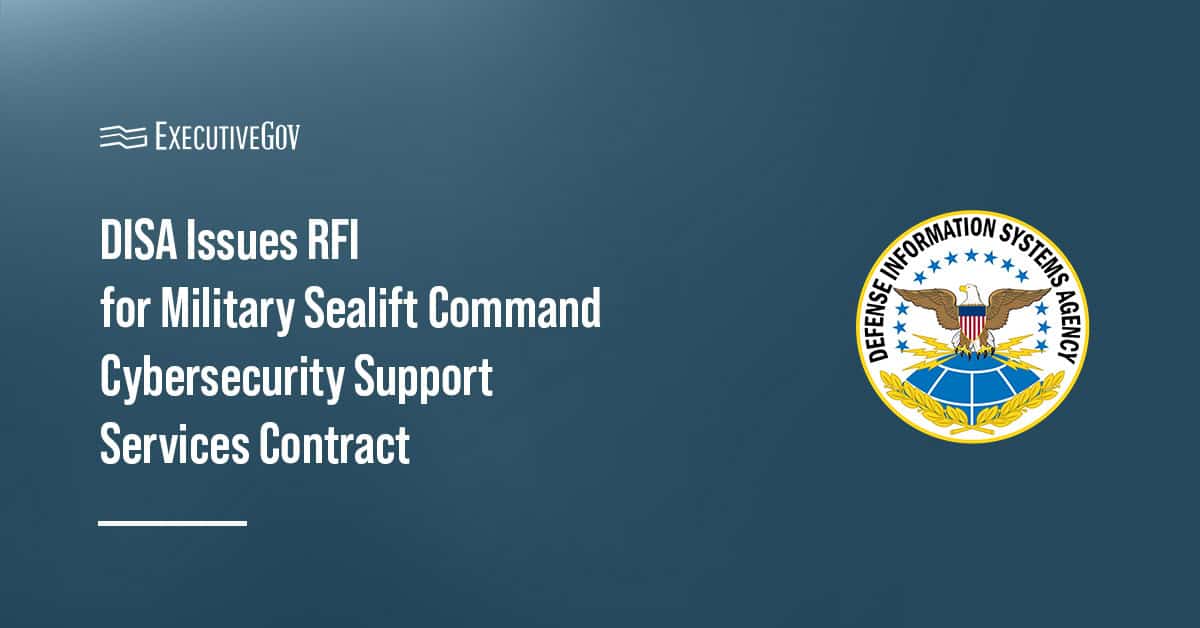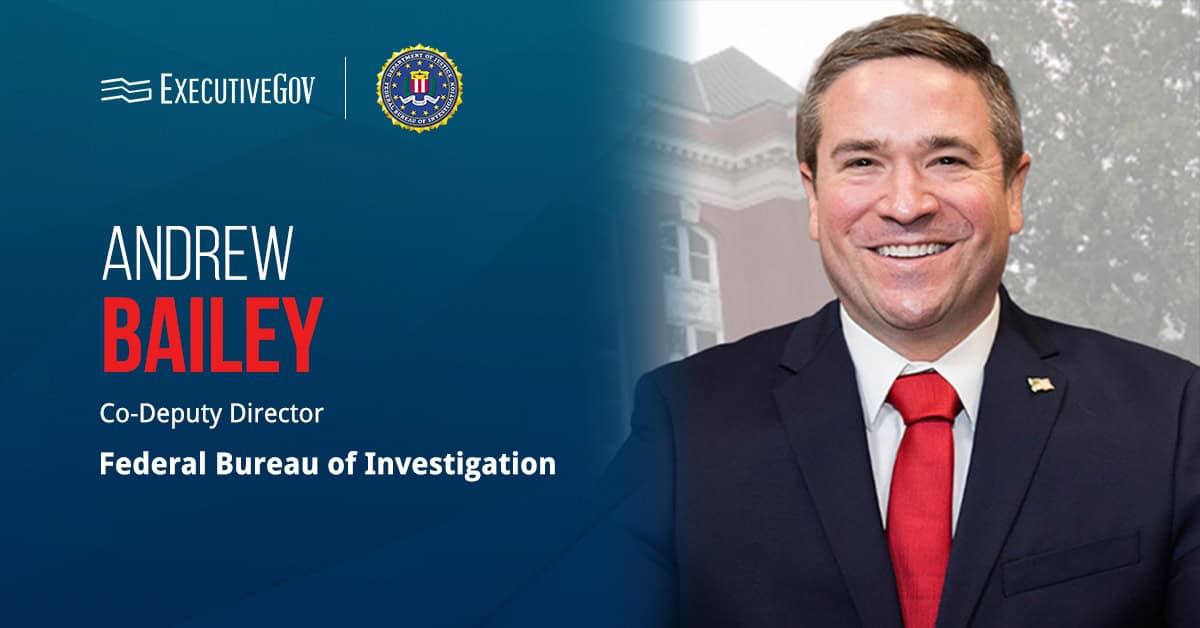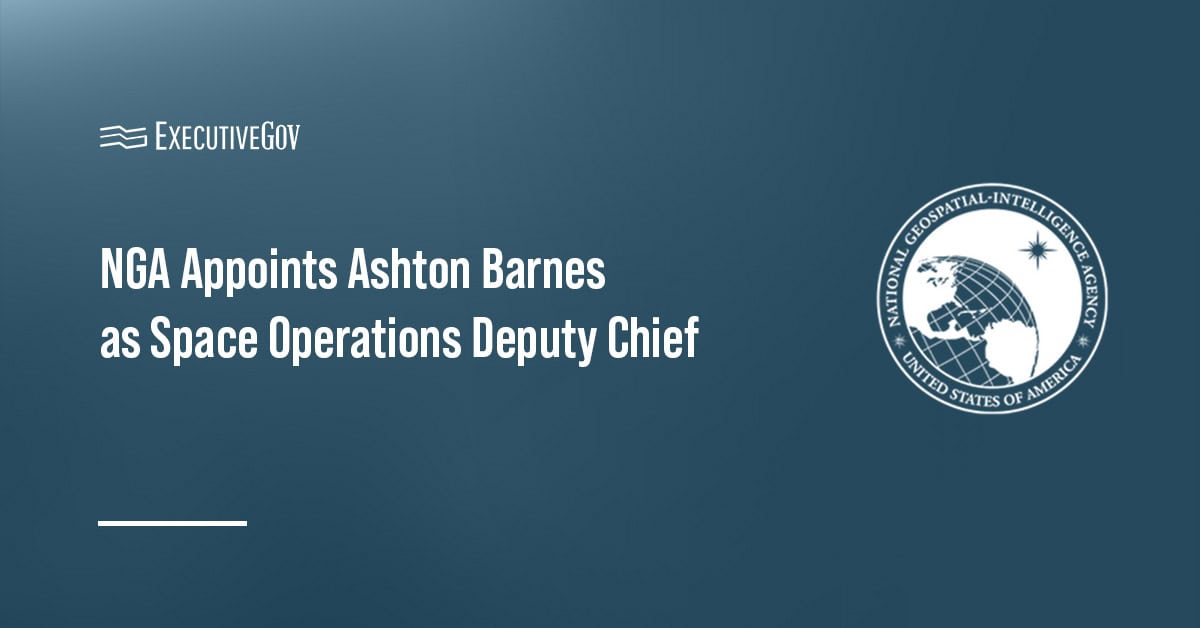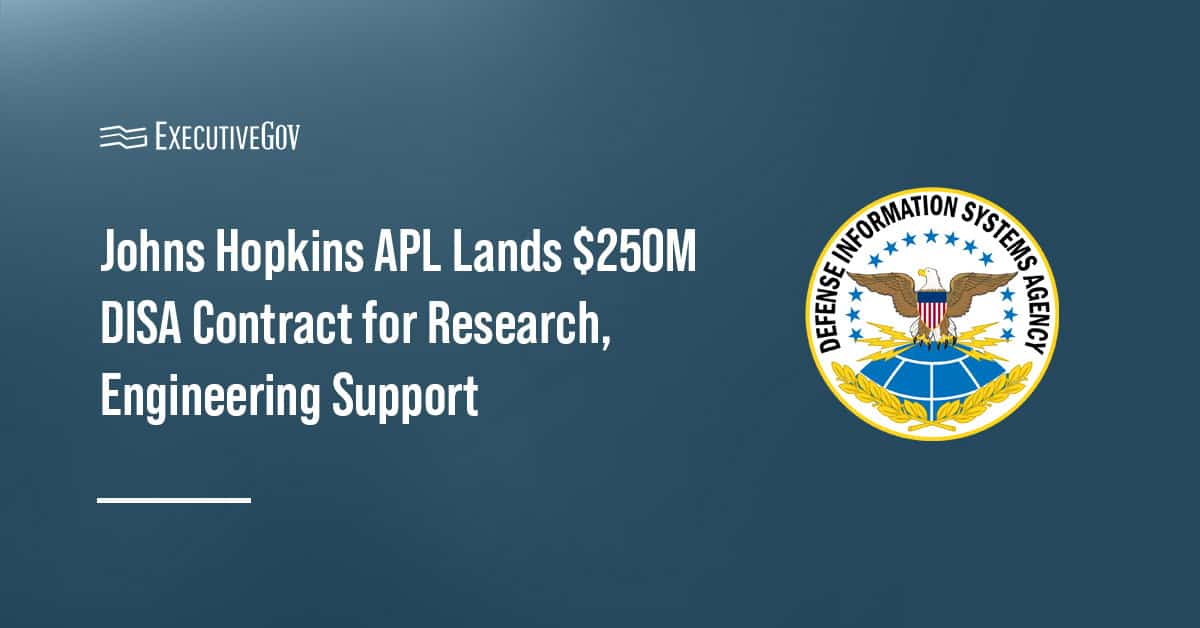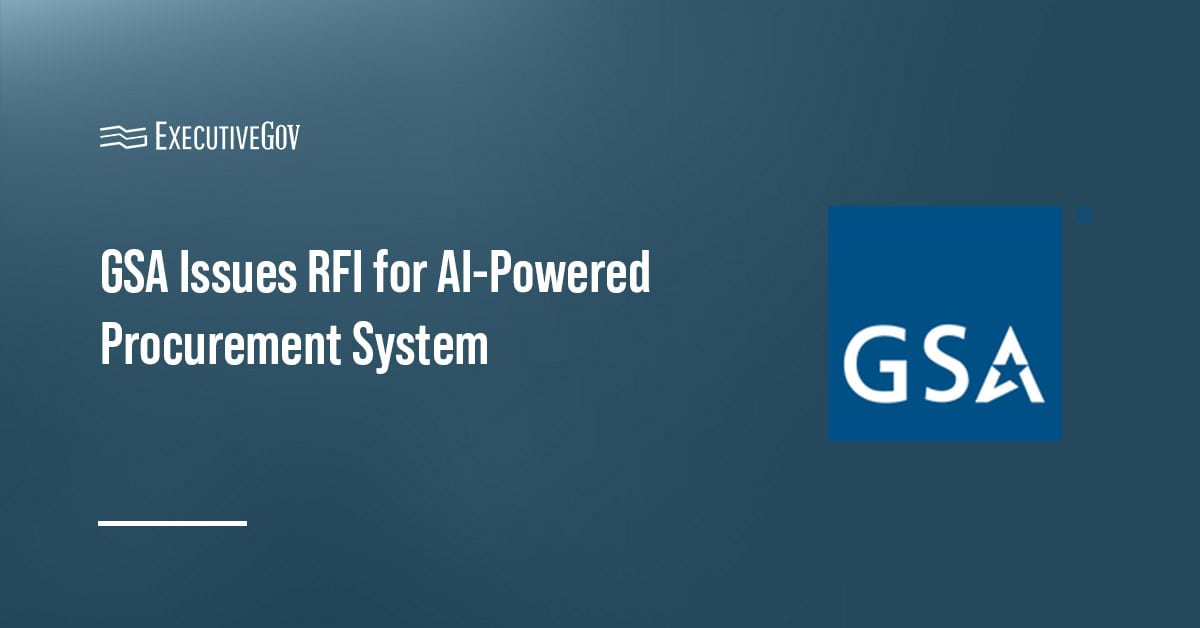The Defense Information Systems Agency has issued a request for information seeking potential vendors for the Military Sealift Command Cybersecurity Support Services, or MSC CSS, contract.
Gain critical insights on the U.S. Navy’s policies, initiatives and technological advancements at the Potomac Officers Club’s 2025 Navy Summit on Aug. 26.
MSC CSS Contract Scope & Details
According to the sources sought notice posted on SAM.gov Tuesday, DISA is soliciting information on small and large businesses with the technical capability to deliver services supporting cybersecurity operations, risk management and compliance. The potential deal requires cybersecurity-related services, such as conducting cybersecurity site visits to help mariners patch and scan their systems and networks, conducting risk assessments for operational technology assessment and authorization, and doing compliance visits to evaluate individual ship or department’s cybersecurity readiness.
The contract requires a deep knowledge of existing Department of the Navy and Department of Defense cybersecurity directives and procedures.
The potential contract is structured to include a 12-month base period with four 12-month options. The project will run through May 14, 2031 if all four options are exercised. The contractor will perform work primarily in its facilities, though meetings will be conducted in Norfolk, Virginia. Visits to other MSC, U.S. Navy, Transportation Command or Department of Defense installations may also be required.
Responses to the RFI are due by Sept. 4. The notice is open to certified 8(a) small disadvantaged businesses, service-disabled veteran-owned small businesses, HUBZone small businesses and woman-owned small businesses.


